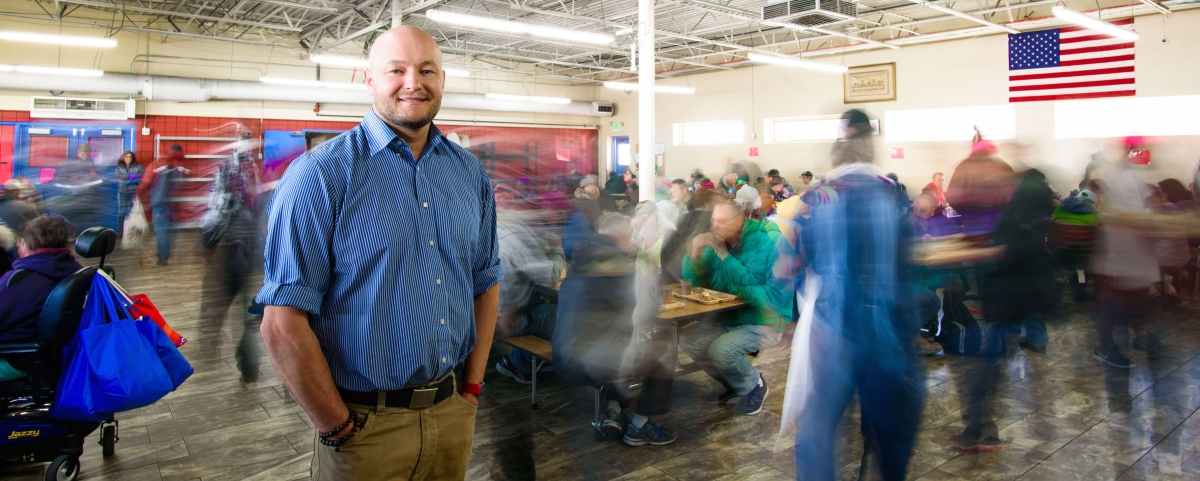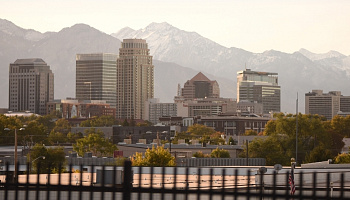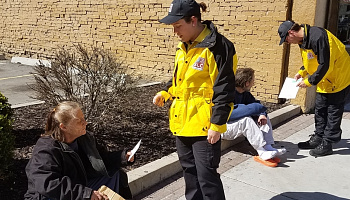“You have two options: either you can go to jail, or, we can check you into a treatment facility.”
Law enforcement officers found themselves laying out these options to hundreds of individuals in the Rio Grande Neighborhood last August after crime, violence and general lawlessness hit a tipping point. Open air drug dealing, criminal mischief, violence against homeless individuals and other nefarious activities were all too common sights for anyone who happened to be in the area. Largely stemming from a combination of mental health problems, an affordable housing shortage and a nationwide opioid crisis, the state of 500 West was comparable to the fictional setting of Baltimore’s Hamsterdam in HBO’s crime series “The Wire”.
To add fuel to the fire, jail beds were sparse and arrests were reserved only for the most violent offenders. Law enforcement’s hands were cuffed as members of a drug cartel continued to prey upon a vulnerable population. The boiling point came in the summer of 2017 as a string of homicides and shootings rocked the Rio Grande neighborhood. Leaders from the State, City and County teamed up with local service providers and the police to come up with a plan to remedy the unsustainable situation on 500 West. What transpired was an unprecedented three-step, multi-agency effort that would help transform the neighborhood.
Nearly 10 months into Operation Rio Grande, we caught up with four individuals who have been directly affected and involved in the operation to understand the changes that have happened in the neighborhood.
Wendell Rivera - Odyssey House
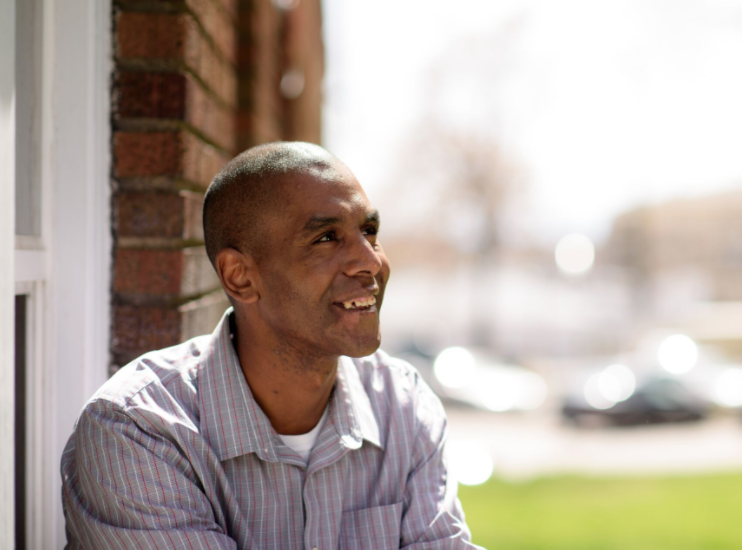
Also known as “the block” by its residents, the Rio Grande neighborhood served as a haven for those suffering from drug addictions as well as those who were simply down on their luck. Among those suffering from addiction was Wendell Rivera.
“During my time on the block, we did what we wanted, when we wanted, how we wanted to. Nobody could say or do anything, not even the cops.” Wendell had been living in the neighborhood for two years before Operation Rio Grande started. Like many of its residents, Wendell was addicted to heroin which was always readily available.
A father of two children, Wendell was a graduate of the Odyssey House where he had already worked on his addiction. After a string of bad luck, Wendell fell into to using once again. “I had sold everything. I lost our house, our car and before I was about to become completely homeless, I found a place for my kids to live. Starting that night and over the course of the next two years, I indulged heavily in my criminal behaviors. I was shoplifting and robbing so that I could use.”
Going in and out of jail was just part of the routine for many including Wendell, but the threat of arrest didn’t stop them from scoring drugs on a daily basis. “I was probably on my 20th arrest down there and I knew if I wanted to ever have a chance at being a father again I had to get sober.” After encouragement from his Odyssey House peers and one final arrest in which Wendell was offered treatment or serious jail time, he chose to return to the Odyssey House. “I knew if I didn’t take it I could die out there and never see my kids again.”
While he chose treatment as his way out, Wendell says he wasn’t too sure about Operation Rio Grande when it started. “I hated it and I was outraged, but I think that came from me being resistant to the help I needed.” In the months that Wendell has become clean, his perspective has changed. “I know there’s a lot of good people down there suffering and I hope they get the help they need, so I’m all for it. I know the people behind the curtains are rooting for us.”
Now well over 100 days sober and working as an Onboarding Coordinator for the Odyssey House, Wendell looks to keep moving forward. He hopes to eventually return to school, continue his work and see his kids.
Matthew Melville - Catholic Community Services
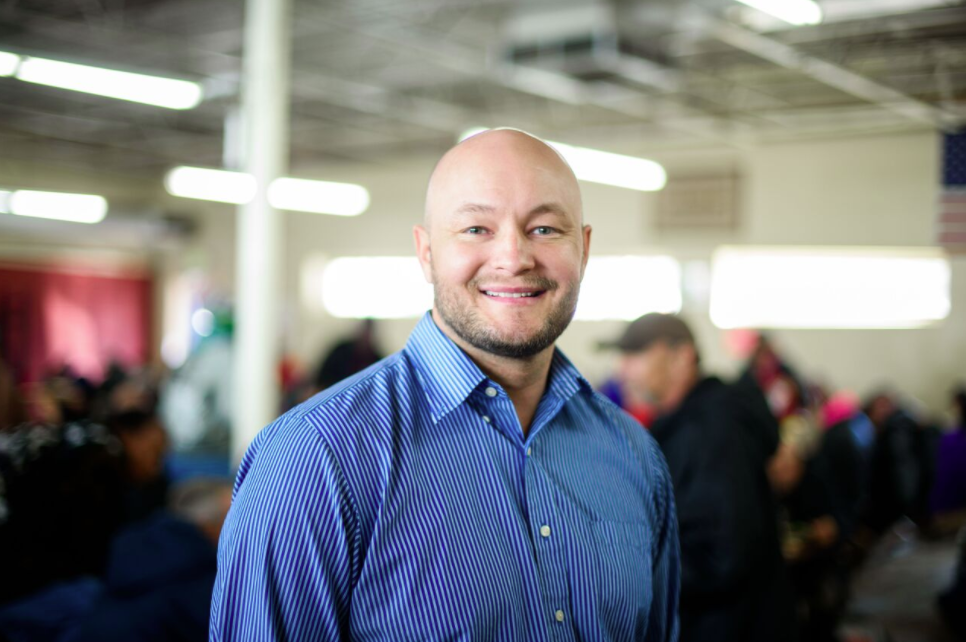
Situated in the heart of the Rio Grande neighborhood, the Weigand Center and St. Vincent de Paul Dining Hall serve about 450 people experiencing homelessness every day. Providing shelter from the elements, holding job training and dishing out lunch and dinner are just a few of the services they offer to help individuals get back on their feet. When problems were at their worst, employees and people seeking services often feared for their safety.
“It was to a point where some of our employees even had knives pulled on them,” said Matthew Melville, who serves as the homeless services director for Catholic Community Services. “It can be a depressing place down here; people will reach for whatever they can get to cut the pain. The dealers were always here to prey upon our clients and those who were down on their luck.”
The services that Melville and his team provide are key for individuals who want to take the first step towards leaving homelessness. With a drive-thru drug trade and violence at their actual doorstep, most individuals and employees were hesitant to enter the neighborhood. “We had families down here that wouldn’t even dare walk across the street to go to the Road Home. People would say, ‘Hey, do you work here? Can you walk me over?’... because it was just that bad.”
But, that was then, and this is now. Thanks to a “safe space” road closure created by the operation, visitors of the Road Home and Weigand Center are using the shelters at a higher rate. “We’re averaging about 100 extra people a day that we wouldn’t have seen before the operation.” Melville credits this to the Operation Rio Grande efforts. “What we have now is a culture of compliance. The neighborhood has been completely transformed. I’m not offered drugs anymore, and violence has been cut down a lot.”
While there have been visible and quantifiable improvements in the neighborhood, there is still plenty of work and healing that remains. “We need more funding for treatment beds, and we need to continue the dignity of work phase. We’ve been hyper-focused on jobs and housing down here.” Phase three of Operation Rio Grande focuses on exactly that. The Dignity of Work phase prepares individuals for the workplace through workshops, education and ultimately job placement. In addition to continuing the efforts that have taken place already, Melville stressed the importance of public support by underscoring that this is a community-wide issue, not downtown’s alone. “There are many different ways the community can give. You can give time, money or simply by going to your community council meetings and staying informed.”
Sergeant Sam Wolf - Salt Lake City Police Department
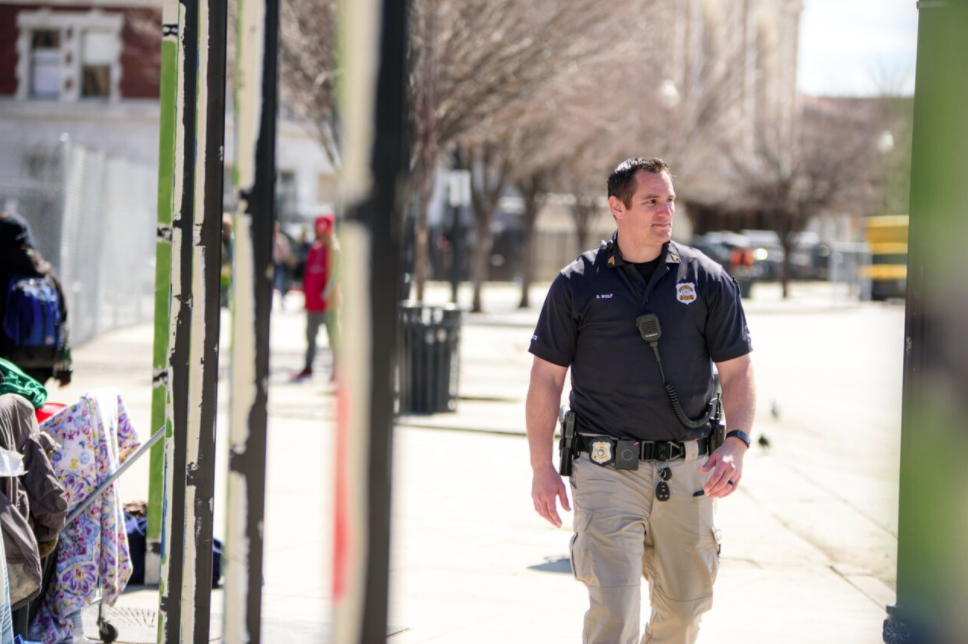
When Sergeant Sam Wolf patrols 500 West, he does so by calling its residents by their names and nicknames. “Hey Widow, is there anything we can do for you today? Edie, is there any chance we can connect you with services?” It’s safe to say that few know the Rio Grande Neighborhood quite like Sergeant Wolf does.
Before being promoted to Sergeant of the Community Intelligence Unit, Wolf served as the head of the SLCPD Bike Squad. His team was based out of the Community Connection Center directly across the street from the Road Home shelter on 500 West. Before Operation Rio Grande, there was little police could do to enforce the law and help those who needed it. Jail space was at a premium with beds reserved solely for the most violent offenders. This often left police without the power of arrest, opting instead to writing a ticket or arresting and releasing. Wolf says things have changed dramatically.
“Out here, there were no rules,” Wolf says. “I used to go up and down 5th west every day, and I’d count 100-plus makeshift shelters and tents. Now, it’s about 10 to 15. The reduction has been huge, and you can see it.”
Wolf attributes this reduction in the population to additional funds and officers from Operation Rio Grande, as well as the combination of arresting criminals who took advantage of the homeless population and providing proper services to those who need them. Officers and social workers can now better identify the needs of new clients, shelter-resistant individuals and criminal elements in the neighborhood.
The neighborhood certainly appears safer, but is it? Crime in the neighborhood is down a staggering 48 percent in the last year to date. Paired together, the numbers and visuals don’t lie.
For Wolf and his team, less crime means more time to help. “One of our social workers \ told me about an individual we’ve met with and offered services to 56 times. Finally, on the 57th time, they accepted help.” More help is on the way with preventative programs and three new needs-based resource centers that will open around the Salt Lake Valley in 2019.
Matt Bourgeois - Rio Grande Cafe
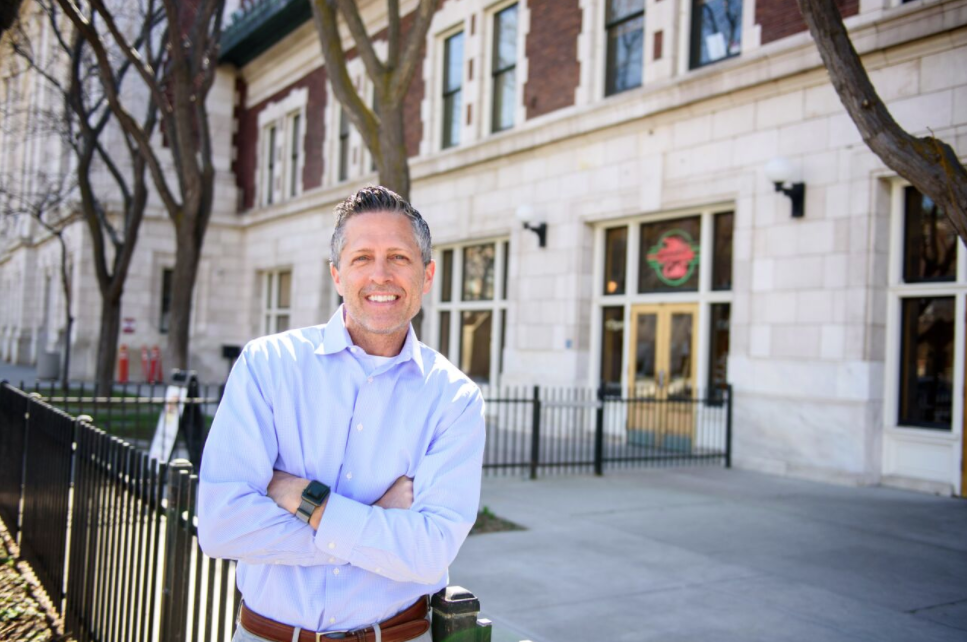
From ghostly tales of the purple lady, to the taco lady and the toy railroad tracks that hover over the bar, Rio Grande Cafe has been a staple in the downtown food community since Pete Henderson opened up shop in 1981. Now under new ownership, the cafe has experienced the highs and lows of the neighborhood while maintaining their traditional Mexican faire.
When Matt Bourgeois and his partners purchased the Rio Grande Cafe a year ago, the state of the neighborhood would have scared away most investors. However, Bourgeois knew that the neighborhood had major potential. “We thought we’d have to deal with the situation down here for about two, maybe three years before it would improve. When we bought this place the optics were terrible, you’d park in your car and step over needles just to get into the restaurant.”
Two years turned into less than one, and the results of the operation have been beneficial for the restaurant and its neighbors. “I’ve talked to some of the individuals who are staying at the shelter and they feel safer, we feel safer—so from our perspective down here it’s been a huge win.”
When Bourgeois thinks about the future of the neighborhood, a smile comes over his face as if he knows something the rest of us have yet to find out. “There’s $8 million going into a neighboring hotel, $100 million into The Gateway and we have the proposed Public Market. I’m excited—this should be one of SLC’s best neighborhoods, and I think it will be.”
How You Can Help:
Serve a meal at St. Vincents de Paul. Contact ccsutah.org and check under the volunteer tab.
If you see something, say something!
Please do not give to panhandlers. Help them more by giving directly to homeless service providers.
Learn more about Operation Rio Grande at operationriogrande.utah.gov
Turn spare change into real change at Red HOST (Homeless Outreach Service Team) parking meters around Downtown SLC.
Volunteer at resource centers.
Give money to service providers.
Stay informed by going to your community council meetings.

